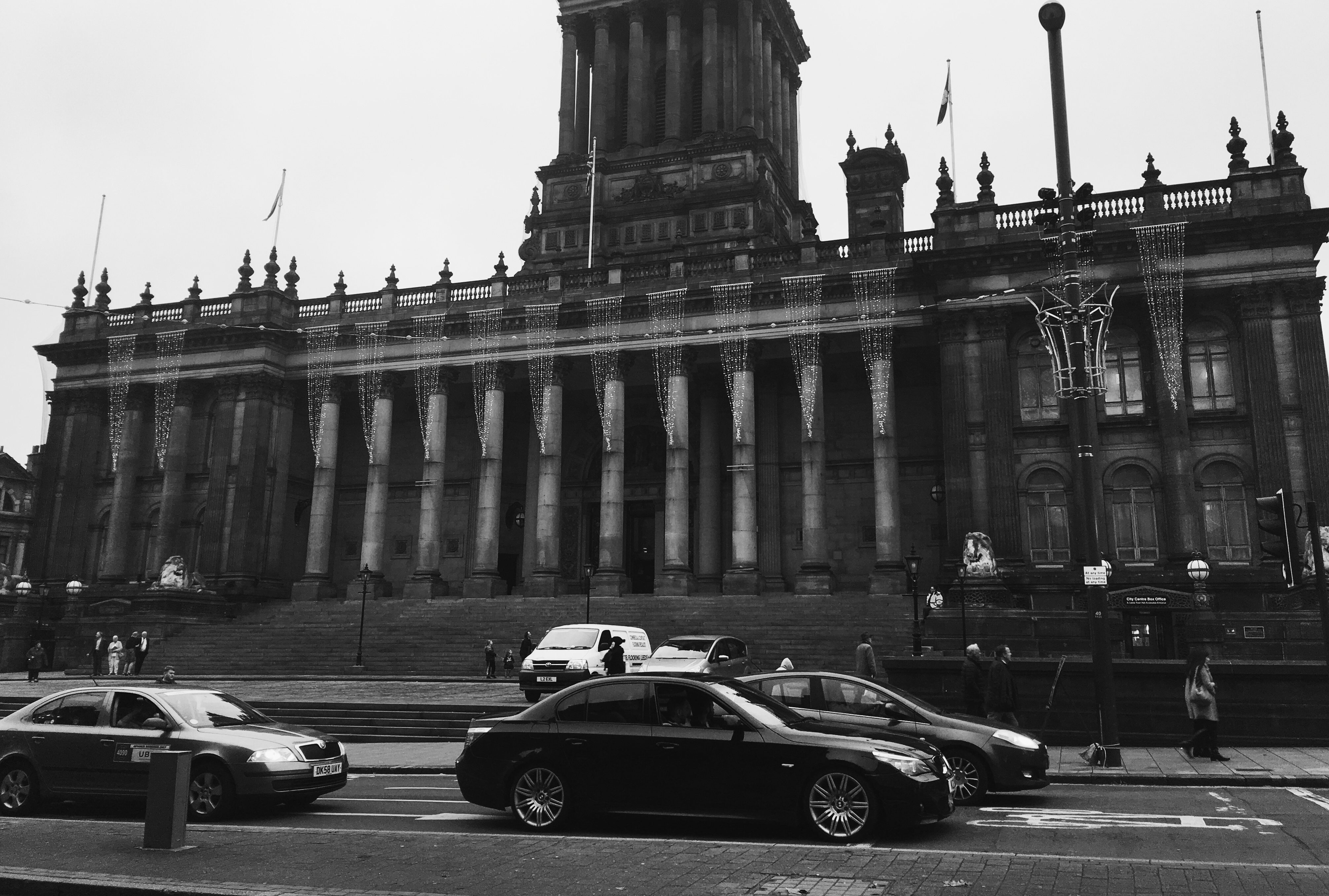There was a fantastic article in last week’s Gryphon, outlining the unprecedented level of air pollution found in Leeds. Not only is the air quality in Leeds the third worst in the U.K. It’s also become noteworthy on a European level as one of seven major cities to breach EU-regulated legal levels of air quality. Clearly, something has to change. The Gryphon is not alone in its preoccupation with air quality: local political groups are concerned, too. Those of you who live in Headingley or Hyde Park are likely to have recently received a newsletter from the Green Party, the highlight of which is a discussion of this very issue. The Greens outline their support of the local Labour policy of increasing the number of bus and cycle lanes. Crucially, this involves the reduction of Leeds’ capacity for cars. This is a start, but far from sufficient.
For too long we have been complacent about dealing with air quality. As a result, piecemeal reform is no longer a viable path to reducing the harm caused by air quality. At the minute, 50,000 people are dying every year. Not only is it dangerous, but people care. Three-quarters of citizens in Leeds consider improving the quality of air to be amongst their top priorities. 700 people die each year in Leeds from air pollution-related illnesses. It also costs the local NHS 480 million. Despite this, the flagship policies of Leeds City Council are limited to the expansion of bus availability and the implementation of charges for cars that are considered to be particularly damaging for the environment. I don’t doubt the noble intentions of Leeds City Council, but we need radical change. The solution, for the country as a whole rather than just Leeds, is to ban cars.
There are two strands to this argument, one of which is concerned with the efficiency and environmental impact of personal vehicles. First, though, a brief philosophical point about space in city centres. The rise of personal vehicles and the infrastructure required to sustain their use has come at the expense of others. Particularly, children, pensioners and, to a lesser extent, the poor. Vehicles are loud and take up a lot of room, as well as being dangerous. Until recently, purchasing a car has effectively also given you access to more space than those who cycle or walk. This is wrong – purchasing a car shouldn’t also confer those additional advantages.
Madrid implemented a car ban as long ago as 2005, whilst Oslo plans to completely ban personal vehicles from its city centres by 2019. Norway as a whole will follow by 2025. By replacing the majority of city centre roads with cycle lanes, urban planners achieve two different objectives. The first is to improve the efficiency and safety of travel, as exemplified by Pontevedra in Spain where co2 emissions have fallen by 70% and road deaths have plummeted. Not only this, but the reduction of congestion makes it much easier to get from A to B. This time-saving approach, though, has been carried out even more effectively elsewhere. Take Chengdu, in China, for instance. Rather than attempt to redesign an existing area, urban planners designed a residential area for pedestrians from the ground up. The result is that citizens can walk anywhere within fifteen minutes.
These are just two of many potential manifestations of a policy designed to remove personal vehicles from city centres. In light of the developments being made in self-driving cars and the sheer amount of transport data collected by apps like Uber and Citymapper, it’s not outside of the realms of possibility to envision a future in which automated minibuses could allow for state ran carpooling systems. Realistically, the only option outside of the realms of possibility is a continuation of our current approach to inner city transport.
Charley Weldrick
(Original Photography: Giulia Bardelli)

